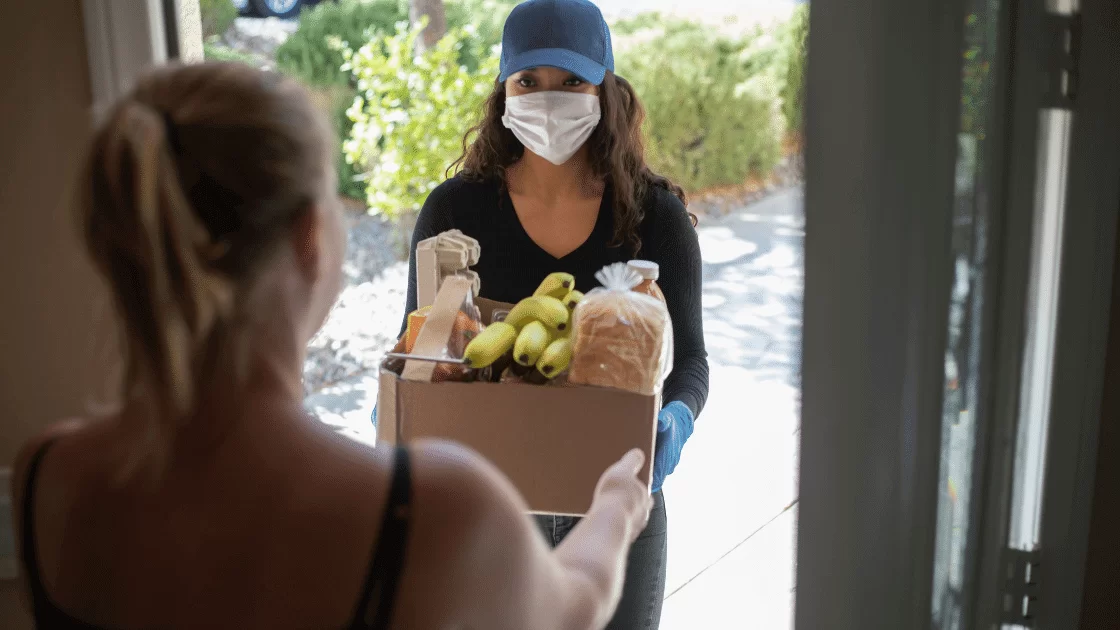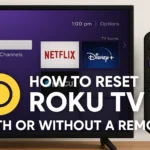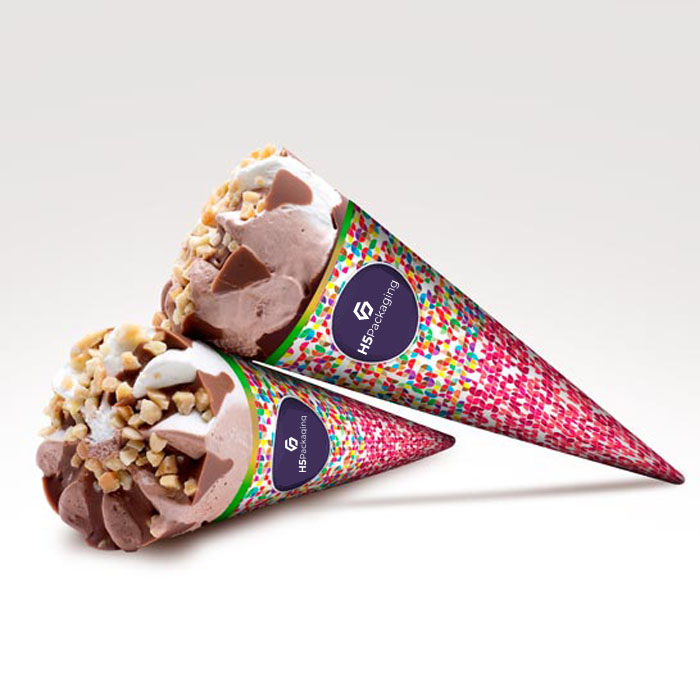When it comes to storing your emergency food, there are a number of different methods you can use. However, the most popular method is to seal the food in a Mylar bag.
If you’re new to Mylar bags, here’s everything you need to know to get started – step-by-step instructions for packing food in Mylar bags, shelf life, and using oxygen absorbers.
What is Mylar?
Why is Mylar ideal for long term food storage?
When it comes to food storage, Mylar is amazing because it is:
Non porous
Gas impermeable
Reflects the light
Soft
Durable and puncture resistant
Cheap
Easy to use
There are certainly other packaging materials that you can use to preserve your food for the long term, but they tend to have a longer learning curve, are more expensive, or just not as good as Mylar.
Mylar vs vacuum sealing
Many people confuse storing Mylar bags with vacuum sealing. They are completely different processes and get different results.
With vacuum sealing, you use a machine such as Food Saver to suck air out of the bag while sealing it. While this has some advantages (like being inexpensive and fairly easy to make), it’s not the best option for storing food for the long term.
Vacuum bags:
Leakage: Plastic bags used for vacuum sealing are porous. You can’t see the small holes, but over time vacuum sealed bags will allow air to seep in.
Does not remove all oxygen: Vacuum sealing will remove most of the air (including oxygen and nitrogen) from the package. However, there will be some air left.
Passes Light Through: The bags used for vacuum sealing are clear – which is great if you want to see what’s packed inside, but not if you want to prevent food from degrading by light.
In comparison, Mylar bags won’t leak. When used with oxygen absorbers, virtually all oxygen will be removed. Finally, the Mylar has a layer of aluminum foil that blocks 100% of the light.
This does not mean that vacuum sealing is not good for food storage. Vacuum sealing can increase the shelf life of food by 3-5 times. But, when you want long term storage (over 5 years) then Mylar is the way to go.
What foods can you store in the Mylar bags?
Any dry, low fat food can be stored in Mylar bags, for example:
Dehydrated fruits and vegetables
Plain flour
Cereals
Pasta
Sugar
Dried beans
Powdered milk
Spices
Shelf Life of Foods in Mylar Bags
When trying to determine the shelf life of foods in Mylar bags, you will see different ranges of data. Here’s why it’s so hard to give an exact number of years for food to last.
1. Nutrients break down long before food spoils
Part of the reason these storage dates vary is that nutrients can break down. For example, the nutrients in rice can start to break down after 10 years. However, rice will be safe to eat for about 30 years.
2. Mylar is a new product
The process of checking the shelf life of a food is called a shelf life test. Large manufacturers are required to do life tests. However, apart from a few studies on canned foods, there have been no tests on the shelf life of foods.
Also consider that Mylar is a relatively new product (it was made in the 1950s). We believe some foods will last over 30 years at Mylar, but I don’t know of anyone who tested the foods they packaged in the 1980s!
3. It depends on the packing conditions
Mylar only protects food from degradation due to oxygen and light. Assuming you have used the oxygen absorbers correctly and the bag is properly sealed, you will still have to worry about degradation from heat and humidity.
Each 10.08 degrees F increase in temperature will cut seed storage life in half. This also applies to other foods. So if you keep your Mylar bags in a cool place (like a root cellar), they will last longer than if they were stored in a warm area (like your garage).
With these factors in mind, here is what you can reasonably expect in terms of how long food will last in Mylar bags.













